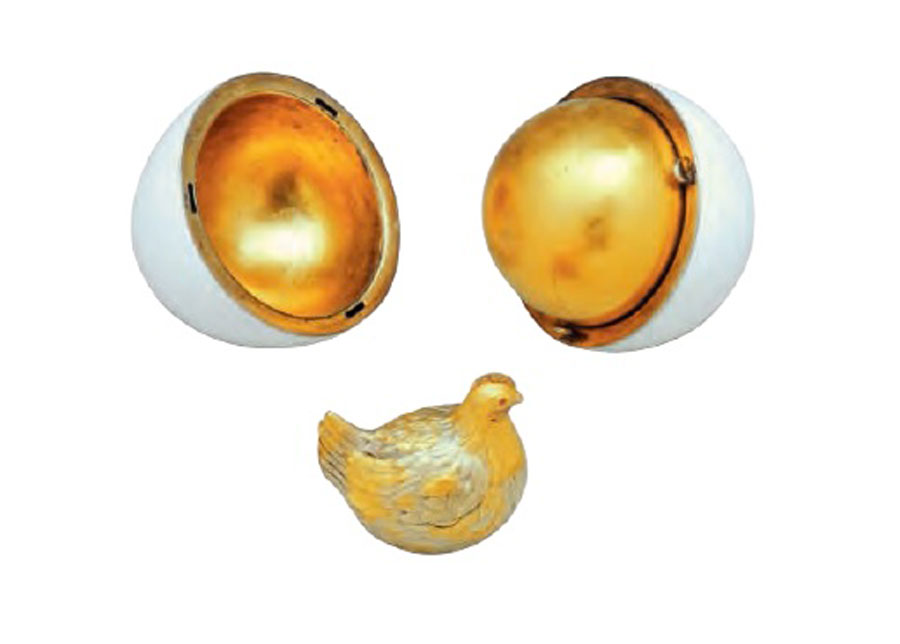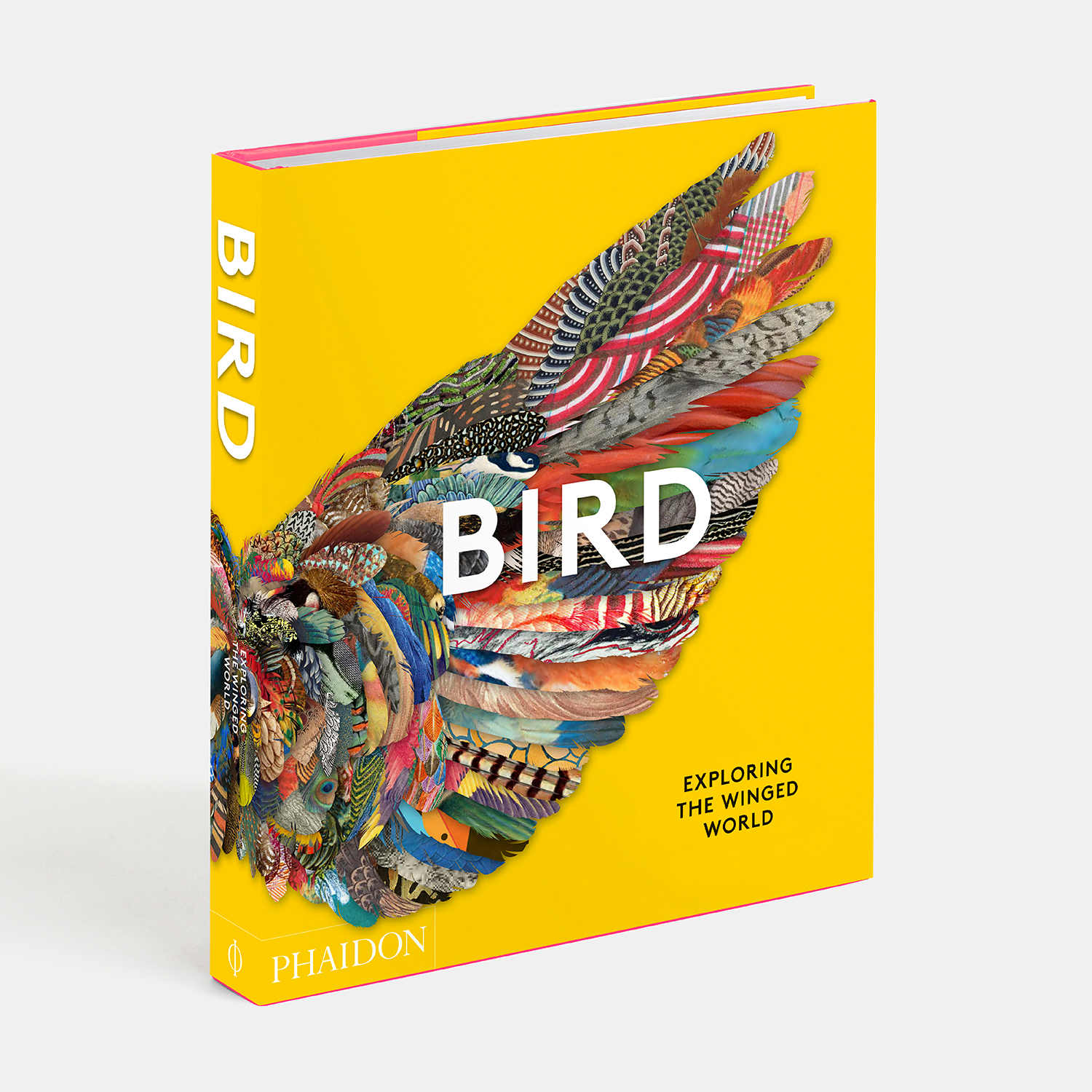
The little bird that charmed royalty (but really annoyed revolutionaries)
Our new book, Bird: Exploring the Winged World, includes the very first Fabergé egg, loved by the Romanovs, and hated by the Bolsheviks
Bird: Exploring the Winged World shows what can happen when human creativity takes flight. The book presents a stunning survey of the avian kingdom, sharing the majesty and variety of bird life, as represented in paintings, sculptures, decorative art, photography, film, illustration and other media, throughout history.
Some inclusions, such as the Twitter logo and the crows and ravens in Hitchcock’s 1963 film, The Birds, are immediately familiar. Others, while well-known, require a little more context. Take, for example, this chick and hen egg, fashioned from gold, enamel and rubies, in the late 19th century. Here’s how our new book accounts for its significance.
“In 1885 Tsar Alexander III of Russia commissioned the jeweller Peter Karl Fabergé to create an Easter gift for his wife, Tsarina Maria. Inspired by an eighteenth-century ivory egg from the Royal Danish Collection – Maria had Danish heritage – Fabergé created this hen’s egg: a white enamel ‘shell’ that opens to reveal a matt-yellow gold ‘yolk’ which in turn holds a golden hen containing a replica of the Imperial Crown with a ruby pendant.
“The opulent gift, crafted in Fabergé’s workshops, began an annual tradition in which Alexander, and, from 1894, his son Tsar Nicholas II, commissioned intricate bejewelled eggs containing equally rich ‘surprises’ as gifts to family members. For Fabergé, who had taken over his family jewellery business in 1882, it was an opportunity to showcase the workmanship and opulence of his objets d’art. Alexander III had first seen Fabergé’s work at the Pan-Russian Exhibition in Moscow in 1885, and after his first few commissions the jeweller was given increasingly free rein with his creations.”

Unfortunately, Fabergé’s eggs fell from favour as the balance of power changed. “Following the Russian Revolution in 1917 Fabergé eggs became symbolic of the extravagance and excess of Russia under the Romanovs,” says Bird. “In 1918, the eggs were seized by the communist Bolsheviks before later being sold off and scattered across the globe.”
Yet this chicken-and-egg tale doesn’t end here. At the start of the 21st century, a member of Russia’s new elite has gathered these valuable nest eggs back together once more. “In 2004 nine eggs, including The Hen Egg, were returned to Russia by businessman Viktor Vekselberg, who spent $100m acquiring them.”
For more on Fabergé and many other fabulous, ornthological creations order a copy of Bird here.